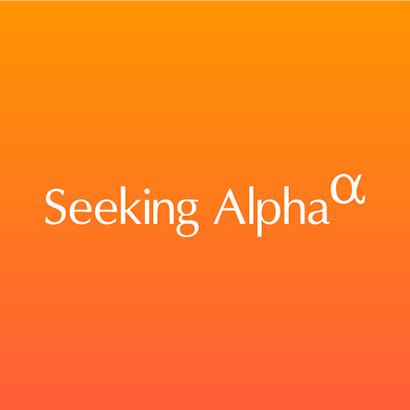Investment company Hennessy Japan Small Cap Fund buys Macnica Fuji Electronics Holdings Inc, KASAI KOGYO Co, Doshisha Co, Kobe Bussan Co, Kanematsu Corp, EF-ON Inc, Nihon Flush Co, Hanwa Co, Stella Chemifa Corp, SOU Inc, sells NEC Networks & System Integration Corp, Sanko Gosei, MEC Co, Nittoku Engineering Co, Nippon Seiki Co during the 3-months ended 2018-04-30, according to the most recent filings of the investment company, Hennessy Japan Small Cap Fund. As of 2018-04-30, Hennessy Japan Small Cap Fund owns 61 stocks with a total value of $215 million. These are the details of the buys and sells.
New Purchases: 3132, 7256, 3038, 9514, 7820, 9270, 2385, Added Positions: 7483, 8020, 8078, 4109, 7581, 6622, 4733, 5288, 2412, 6750, Reduced Positions: 6951, 9037, 2384, Sold Out: 1973, 7888, 4971, 6145, 7287, 6999, 2792, 8940, 7438,
For the details of Hennessy Japan Small Cap Fund's stock buys and sells, go to http://www.gurufocus.com/StockBuy.php?GuruName=Hennessy+Japan+Small+Cap+Fund
These are the top 5 holdings of Hennessy Japan Small Cap FundOBIC Business Consultants Co Ltd (4733) - 73,200 shares, 2.48% of the total portfolio. Shares added by 27.53%Bellsystem24 Holdings Inc (6183) - 325,500 shares, 2.42% of the total portfolio. Shares added by 19.14%Digital Garage Inc (4819) - 148,900 shares, 2.3% of the total portfolio. Kanematsu Corp (8020) - 320,600 shares, 2.27% of the total portfolio. Shares added by 130.48%Kito Corp (6409) - 249,600 shares, 2.23% of the total portfolio. New Purchase: Macnica Fuji Electronics Holdings Inc (3132)
Hennessy Japan Small Cap Fund initiated holding in Macnica Fuji Electronics Holdings Inc. The purchase prices were between $1839 and $3270, with an estimated average price of $2321.03. The stock is now traded at around $1806.00. The impact to a portfolio due to this purchase was 2%. The holding were 252,400 shares as of 2018-04-30.
New Purchase: KASAI KOGYO Co Ltd (7256)
Hennessy Japan Small Cap Fund initiated holding in KASAI KOGYO Co Ltd. The purchase prices were between $1318 and $1768, with an estimated average price of $1463.45. The stock is now traded at around $1318.00. The impact to a portfolio due to this purchase was 1.78%. The holding were 272,900 shares as of 2018-04-30.
New Purchase: Kobe Bussan Co Ltd (3038)
Hennessy Japan Small Cap Fund initiated holding in Kobe Bussan Co Ltd. The purchase prices were between $3935 and $5320, with an estimated average price of $4591.09. The stock is now traded at around $5480.00. The impact to a portfolio due to this purchase was 1.43%. The holding were 63,800 shares as of 2018-04-30.
New Purchase: EF-ON Inc (9514)
Hennessy Japan Small Cap Fund initiated holding in EF-ON Inc. The purchase prices were between $908.33 and $1267.5, with an estimated average price of $1073.11. The stock is now traded at around $1228.00. The impact to a portfolio due to this purchase was 1.28%. The holding were 240,360 shares as of 2018-04-30.
New Purchase: Nihon Flush Co Ltd (7820)
Hennessy Japan Small Cap Fund initiated holding in Nihon Flush Co Ltd. The purchase prices were between $2298 and $2879, with an estimated average price of $2552.7. The stock is now traded at around $2444.00. The impact to a portfolio due to this purchase was 1.18%. The holding were 103,200 shares as of 2018-04-30.
New Purchase: SOU Inc (9270)
Hennessy Japan Small Cap Fund initiated holding in SOU Inc. The purchase prices were between $3900 and $7520, with an estimated average price of $5849.11. The stock is now traded at around $5650.00. The impact to a portfolio due to this purchase was 0.66%. The holding were 29,800 shares as of 2018-04-30.
Added: Doshisha Co Ltd (7483)
Hennessy Japan Small Cap Fund added to a holding in Doshisha Co Ltd by 236.64%. The purchase prices were between $2274 and $2703, with an estimated average price of $2443.22. The stock is now traded at around $2424.00. The impact to a portfolio due to this purchase was 1.53%. The holding were 200,300 shares as of 2018-04-30.
Added: Kanematsu Corp (8020)
Hennessy Japan Small Cap Fund added to a holding in Kanematsu Corp by 130.48%. The purchase prices were between $1338 and $1680, with an estimated average price of $1474.02. The stock is now traded at around $1521.00. The impact to a portfolio due to this purchase was 1.29%. The holding were 320,600 shares as of 2018-04-30.
Added: Hanwa Co Ltd (8078)
Hennessy Japan Small Cap Fund added to a holding in Hanwa Co Ltd by 66.33%. The purchase prices were between $4230 and $5480, with an estimated average price of $4652.11. The stock is now traded at around $4135.00. The impact to a portfolio due to this purchase was 0.81%. The holding were 100,300 shares as of 2018-04-30.
Added: Stella Chemifa Corp (4109)
Hennessy Japan Small Cap Fund added to a holding in Stella Chemifa Corp by 44.33%. The purchase prices were between $2574 and $3735, with an estimated average price of $3203.98. The stock is now traded at around $3595.00. The impact to a portfolio due to this purchase was 0.68%. The holding were 143,900 shares as of 2018-04-30.
Added: OBIC Business Consultants Co Ltd (4733)
Hennessy Japan Small Cap Fund added to a holding in OBIC Business Consultants Co Ltd by 27.53%. The purchase prices were between $5760 and $8020, with an estimated average price of $6628.28. The stock is now traded at around $7650.00. The impact to a portfolio due to this purchase was 0.54%. The holding were 73,200 shares as of 2018-04-30.
Added: Daihen Corp (6622)
Hennessy Japan Small Cap Fund added to a holding in Daihen Corp by 95.54%. The purchase prices were between $767 and $1059, with an estimated average price of $837.19. The stock is now traded at around $658.00. The impact to a portfolio due to this purchase was 0.54%. The holding were 307,000 shares as of 2018-04-30.
Sold Out: NEC Networks & System Integration Corp (1973)
Hennessy Japan Small Cap Fund sold out a holding in NEC Networks & System Integration Corp. The sale prices were between $2605 and $3050, with an estimated average price of $2799.13.
Sold Out: Sanko Gosei Ltd (7888)
Hennessy Japan Small Cap Fund sold out a holding in Sanko Gosei Ltd. The sale prices were between $543 and $835, with an estimated average price of $646.42.
Sold Out: MEC Co Ltd (4971)
Hennessy Japan Small Cap Fund sold out a holding in MEC Co Ltd. The sale prices were between $1621 and $2280, with an estimated average price of $1826.69.
Sold Out: Nittoku Engineering Co Ltd (6145)
Hennessy Japan Small Cap Fund sold out a holding in Nittoku Engineering Co Ltd. The sale prices were between $3640 and $5440, with an estimated average price of $4122.19.
Sold Out: Nippon Seiki Co Ltd (7287)
Hennessy Japan Small Cap Fund sold out a holding in Nippon Seiki Co Ltd. The sale prices were between $1905 and $2341, with an estimated average price of $2089.89.
Sold Out: Koa Corp (6999)
Hennessy Japan Small Cap Fund sold out a holding in Koa Corp. The sale prices were between $7.2 and $7.2, with an estimated average price of $7.2.
Reduced: Jeol Ltd (6951)
Hennessy Japan Small Cap Fund reduced to a holding in Jeol Ltd by 28.89%. The sale prices were between $613 and $990, with an estimated average price of $870.59. The stock is now traded at around $1054.00. The impact to a portfolio due to this sale was -0.61%. Hennessy Japan Small Cap Fund still held 485,000 shares as of 2018-04-30.
Here is the complete portfolio of Hennessy Japan Small Cap Fund. Also check out:
1. Hennessy Japan Small Cap Fund's Undervalued Stocks
2. Hennessy Japan Small Cap Fund's Top Growth Companies, and
3. Hennessy Japan Small Cap Fund's High Yield stocks
4. Stocks that Hennessy Japan Small Cap Fund keeps buying
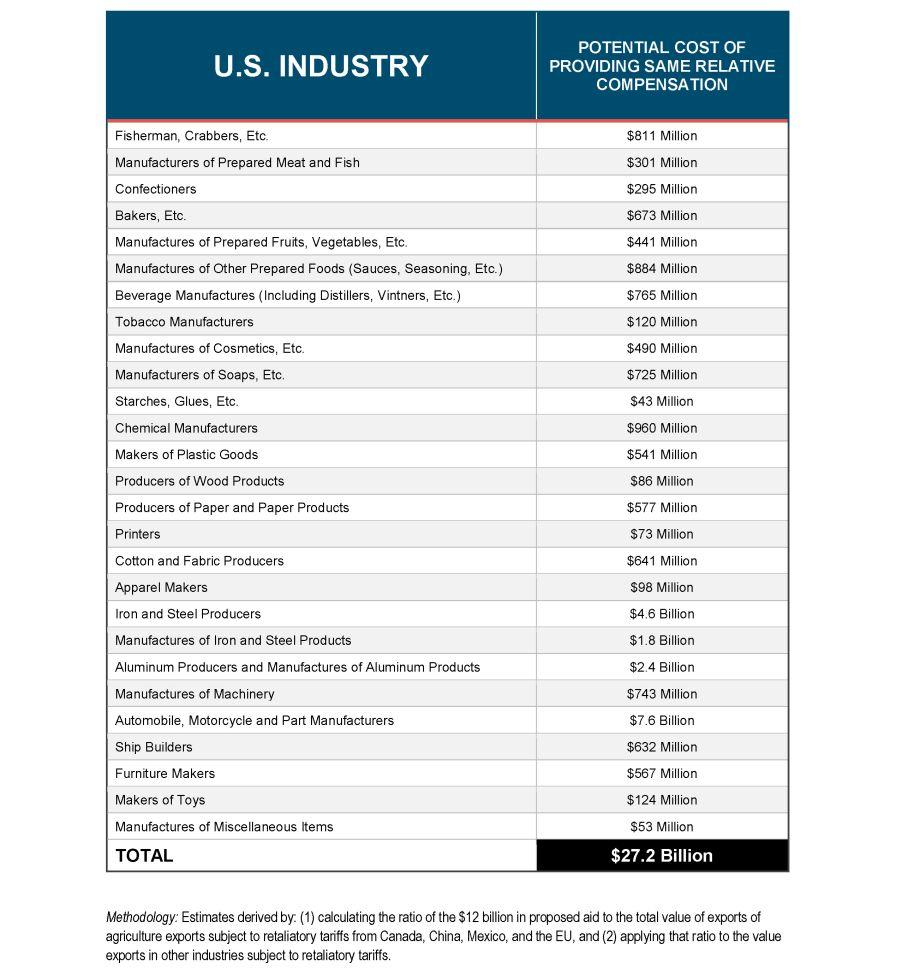



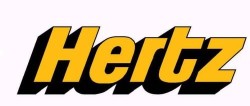 Shares of Hertz Global Holdings, Inc (NYSE:HTZ) dropped 3.7% on Wednesday . The stock traded as low as $15.41 and last traded at $14.88. Approximately 4,268,603 shares changed hands during trading, an increase of 18% from the average daily volume of 3,604,642 shares. The stock had previously closed at $15.45.
Shares of Hertz Global Holdings, Inc (NYSE:HTZ) dropped 3.7% on Wednesday . The stock traded as low as $15.41 and last traded at $14.88. Approximately 4,268,603 shares changed hands during trading, an increase of 18% from the average daily volume of 3,604,642 shares. The stock had previously closed at $15.45.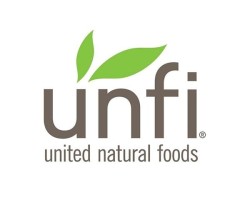 News articles about United Natural Foods (NASDAQ:UNFI) have been trending somewhat positive this week, Accern Sentiment Analysis reports. Accern identifies positive and negative media coverage by reviewing more than twenty million blog and news sources in real-time. Accern ranks coverage of companies on a scale of negative one to one, with scores nearest to one being the most favorable. United Natural Foods earned a news sentiment score of 0.12 on Accern’s scale. Accern also assigned media coverage about the company an impact score of 46.3652197768221 out of 100, indicating that recent media coverage is somewhat unlikely to have an impact on the stock’s share price in the next several days.
News articles about United Natural Foods (NASDAQ:UNFI) have been trending somewhat positive this week, Accern Sentiment Analysis reports. Accern identifies positive and negative media coverage by reviewing more than twenty million blog and news sources in real-time. Accern ranks coverage of companies on a scale of negative one to one, with scores nearest to one being the most favorable. United Natural Foods earned a news sentiment score of 0.12 on Accern’s scale. Accern also assigned media coverage about the company an impact score of 46.3652197768221 out of 100, indicating that recent media coverage is somewhat unlikely to have an impact on the stock’s share price in the next several days.  Playkey (CURRENCY:PKT) traded down 0% against the US dollar during the 1 day period ending at 17:00 PM ET on July 5th. One Playkey token can currently be purchased for about $0.37 or 0.00005625 BTC on popular exchanges including Lykke Exchange, HitBTC, CoinExchange and Mercatox. Over the last week, Playkey has traded 3.7% lower against the US dollar. Playkey has a market capitalization of $4.99 million and approximately $60,239.00 worth of Playkey was traded on exchanges in the last day.
Playkey (CURRENCY:PKT) traded down 0% against the US dollar during the 1 day period ending at 17:00 PM ET on July 5th. One Playkey token can currently be purchased for about $0.37 or 0.00005625 BTC on popular exchanges including Lykke Exchange, HitBTC, CoinExchange and Mercatox. Over the last week, Playkey has traded 3.7% lower against the US dollar. Playkey has a market capitalization of $4.99 million and approximately $60,239.00 worth of Playkey was traded on exchanges in the last day. 

 The Duke and Duchess of Cambridge, and the Duke of Sussex.
The Duke and Duchess of Cambridge, and the Duke of Sussex. 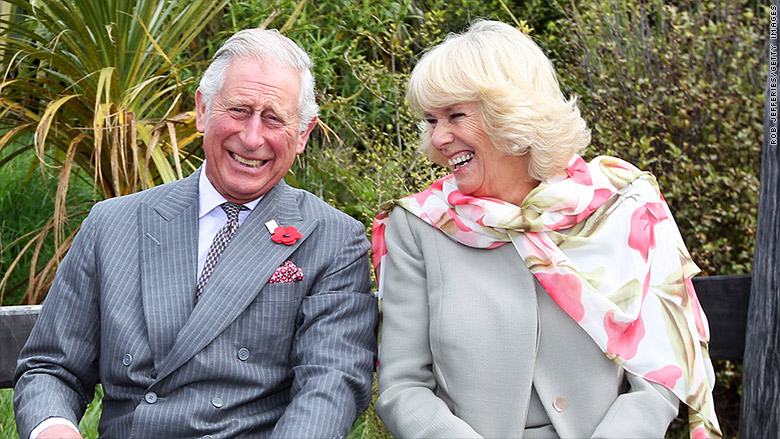 Prince Charles and his wife Camilla, the Duchess of Cornwall.
Prince Charles and his wife Camilla, the Duchess of Cornwall. 

 Cross Country Healthcare (NASDAQ:CCRN) was upgraded by stock analysts at ValuEngine from a “sell” rating to a “hold” rating in a research note issued on Wednesday.
Cross Country Healthcare (NASDAQ:CCRN) was upgraded by stock analysts at ValuEngine from a “sell” rating to a “hold” rating in a research note issued on Wednesday. Diversified Restaurant Holdings Inc. (NASDAQ:SAUC) shares hit a new 52-week high and low during mid-day trading on Thursday . The company traded as low as $1.15 and last traded at $1.16, with a volume of 422 shares changing hands. The stock had previously closed at $1.20.
Diversified Restaurant Holdings Inc. (NASDAQ:SAUC) shares hit a new 52-week high and low during mid-day trading on Thursday . The company traded as low as $1.15 and last traded at $1.16, with a volume of 422 shares changing hands. The stock had previously closed at $1.20.